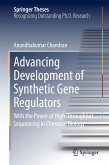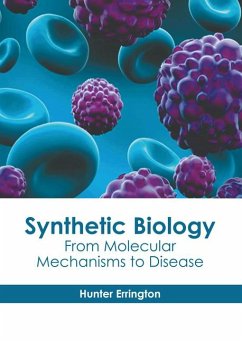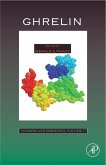The first edition of this book sold about 2,500 copies in total, between Freeman, the original publisher, and Oxford. The field has become increasingly central to the strategies of pharmaceutical companies for drug design, and as a basic research tool for analyzing molecualr recognition and binding. This book provides the most generally useful and balanced treatment of a now-major but still cutting-edge field, with many practical suggestions and problem-solving hints for workers
at the bench.
The first synthetic peptides were produced a century ago. In the ensuing period, they have developed as valuable research tools that are readily available to all researchers. However, since most researchers do not make their own peptides, they are oftenunfamiliar with not only the synthetic chemistry but also with important and useful aspects of design, analysis, handling and applications. This volume is the second edition of a volume that was first published 10 years ago. It is
written by experts in the field who provide detailed descriptions as well as practical advice for producing and using synthetic peptides. The various chapters cover peptide design considerations, the synthetic chemistry, the evaluation of the synthetic product, and the modern applications of
synthetic peptides. This includes the basic principles of peptide structure, analysis and chain assembly as well as the latest in selective disulfide bond formation, new strategies for the production of large peptides, and sequencing peptides by mass spectrometry. This book was designed with the intent of providing useful information both for the novices to the field as well as more seasoned practitioners. Its contents will help prevent problems commonly encountered and allow scientists to
optimize their use of synthetic peptides.
at the bench.
The first synthetic peptides were produced a century ago. In the ensuing period, they have developed as valuable research tools that are readily available to all researchers. However, since most researchers do not make their own peptides, they are oftenunfamiliar with not only the synthetic chemistry but also with important and useful aspects of design, analysis, handling and applications. This volume is the second edition of a volume that was first published 10 years ago. It is
written by experts in the field who provide detailed descriptions as well as practical advice for producing and using synthetic peptides. The various chapters cover peptide design considerations, the synthetic chemistry, the evaluation of the synthetic product, and the modern applications of
synthetic peptides. This includes the basic principles of peptide structure, analysis and chain assembly as well as the latest in selective disulfide bond formation, new strategies for the production of large peptides, and sequencing peptides by mass spectrometry. This book was designed with the intent of providing useful information both for the novices to the field as well as more seasoned practitioners. Its contents will help prevent problems commonly encountered and allow scientists to
optimize their use of synthetic peptides.








